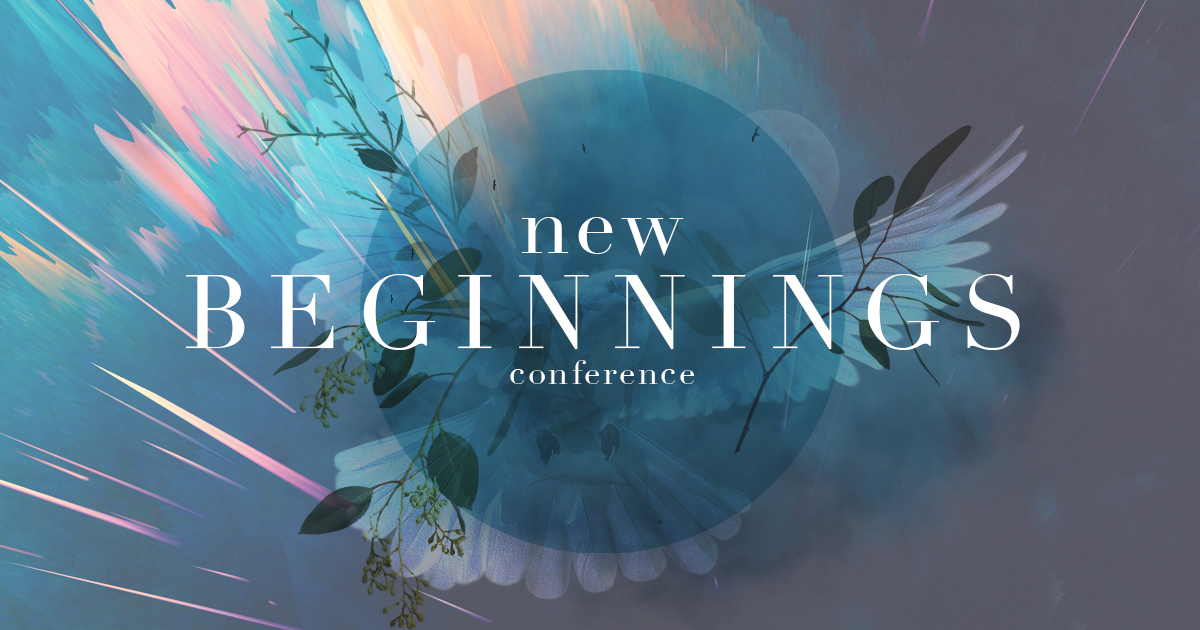When a new product owner steps into a role, a palpable shift begins to unfold within the organization. Like a breath of fresh air blowing through a stagnant room, this change can reverberate through all layers of the team, sparking curiosity and igniting a renewed sense of purpose. What often follows is a cascade of transformations that not only redefine products but also reshape team dynamics and perspectives.
Transitioning to a new product owner ushers in an era ripe with potential. Indeed, the incumbent is often perceived as a beacon of innovation and impetus. As the modern marketplace evolves, companies must braid resilience with adaptability, especially with an astute leader at the helm. This juncture presents opportunities to examine existing practices, infuse new methodologies, and embrace cutting-edge technology—all while staying aligned with customer needs.
The incoming product owner frequently brings a distinctive worldview shaped by their previous experiences and encounters. This fresh lens can illuminate previously obscured blind spots within teams. Many might feel a rush of anticipation as the owner delves into product lines, exploring nuances that have previously eluded attention. Under their guidance, teams are encouraged to challenge the status quo, inviting an ethos of experimentation and exploration.
As the new product owner lays out their vision, they often focus on establishing a collaborative environment. One of the first initiatives is to conduct workshops and brainstorming sessions, encouraging team members to voice their ideas and concerns. Establishing this open dialogue fosters trust, which is imperative for a cohesive team and a successful product lifecycle. Engaging in such interactions may feel uncomfortable at first, but the discomfort often yields remarkable insights.
The transition period may also catalyze the reconsideration of existing methodologies. A fresh approach could involve revisiting Agile processes, for instance. Agile, known for its iterative workflow, thrives on feedback and adaptability. The new owner’s strategy might incorporate modifications to align more closely with evolving user stories, thereby ensuring that the product is not only relevant but also resonant.
This also brings an exciting opportunity to engage with data-driven methodologies. Inspired by their predecessors’ successes, new product owners can harness analytics to streamline decision-making. By scrutinizing user engagement metrics, conversion rates, and customer feedback, they invite a data-informed culture in which intuition and evidence harmoniously coexist. This is pivotal in moving towards effective product-market fit while also enhancing customer satisfaction.
Amidst these shifts, fostering an inclusivity ethos becomes crucial. The nuanced approach of a new product owner may involve rallying stakeholders alongside the product team. This collective involvement, which embraces diverse perspectives, tends to be pivotal in unearthing comprehensive insights into user preferences. Empathy maps, customer personas, and journey mapping can be employed, serving as invaluable tools to navigate the intricate tides of user experience.
In addition to external engagements, internal assessments emerge as a key focus. The product owner may encourage introspection within teams to unearth process inefficiencies and roadblocks that could hinder progress. By conducting retrospectives regularly, team members can reflect on their achievements, challenges, and areas for improvement. Such reflective practice not only bolsters team cohesion but also enables continuous learning, laying the groundwork for ongoing enhancement.
These transformations, while invigorating, are not without their challenges. Resistance to change is often an inherent aspect of human nature. Team members might harbor trepidations about the unknown, fearing disruptions to their established routines or uncertainty regarding their roles. Herein lies the importance of transparent communication. Articulating the rationale behind strategic shifts and providing a comprehensive roadmap for transitions can assuage anxieties. A great product owner is not just a manager of tasks; they are also a steward of culture, smoothing the path for those they lead.
Moreover, innovation thrives on urgency. A new product owner may inject a sense of immediacy into projects, spurring teams to expedite product delivery. However, while speed can be exhilarating, it is paramount to strike a balance. Rushing through the development process can yield imperfect products and exacerbate team burnout. The new owner must exemplify an understanding that steady, thoughtful progress often trumps rapid, reckless advancement.
As the new product owner begins to weave their influence, the pulse of the organization begins to resonate with excitement and creativity. This dynamic shift reshapes not only the product landscape but the very essence of teamwork. The culture evolves as members find themselves encouraged to experiment, take calculated risks, and ultimately take ownership of their contributions. This infusion of autonomy can unearth untapped reservoirs of talent and innovation, which is essential in bustling market climates.
Ultimately, when a new product owner arrives on the scene, their impact transcends mere cosmetic changes. They invite a renaissance—a systemic metamorphosis that carries implications far beyond product revisions. The invigorated enthusiasm and renewed focus on collaboration could lead to profound breakthroughs, innovative solutions, and rousing successes. What emerges may not just be a better product, but a stronger, more interconnected team that finds joy in the journey of creation, learning, and evolution.
